Saving lives and reducing damage through anticipatory action in Mali
In September, the Mali Red Cross activated its Early Action Protocol (EAP) for Floods after weeks of heavy rain across much of West and Central Africa. Using funds from the anticipatory action pillar of the IFRC’s Disaster Response Emergency Fund (DREF), staff and volunteers were able to implement a series of predetermined early actions in Kaka village, Sofara sub-prefecture, in Mali’s Mopti region.
An initial assessment of this EAP activation demonstrates the success of this operation. Among the many successful outcomes, it notes that:
- around 3,045 people, in Kaka village and two other neighbourhoods of Sofara, were protected from the risk to their lives from the floods
- people avoided damage to their homes and property due to increased awareness and early evacuations
- public infrastructure and buildings were protected ahead of the floods.
The initial assessment also details the steps taken on each day, providing a revealing snapshot of how anticipatory action works in practice.
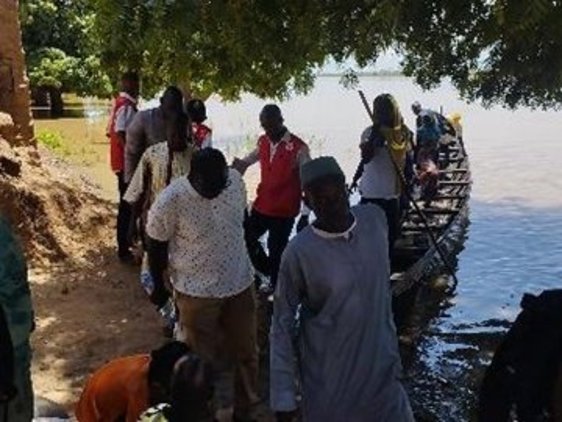
Arrival of the forecast-based financing team in Kaka, along with members of the Governorate. © Mali Red Cross
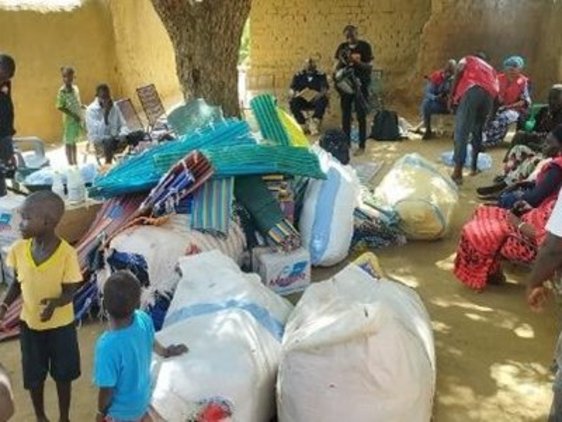
Distribution of supplies and equipment in Kaka. © Mali Red Cross
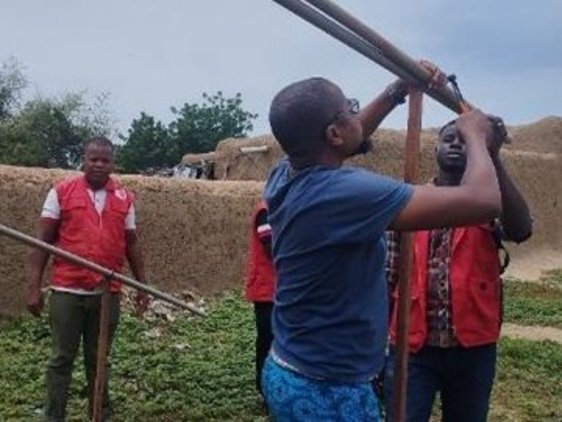
Installing the shelter tents ahead of the flood. © Mali Red Cross
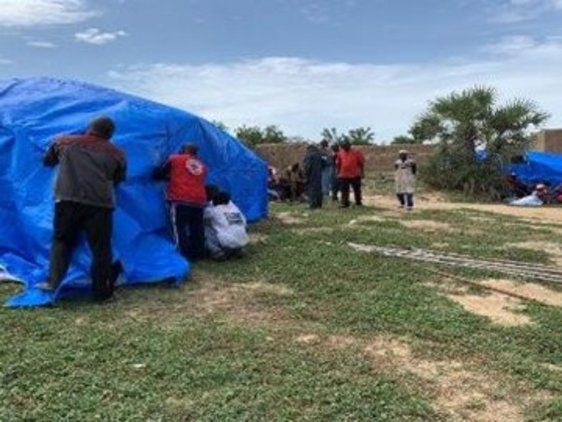
Installing the shelter tents ahead of the flood. © Mali Red Cross
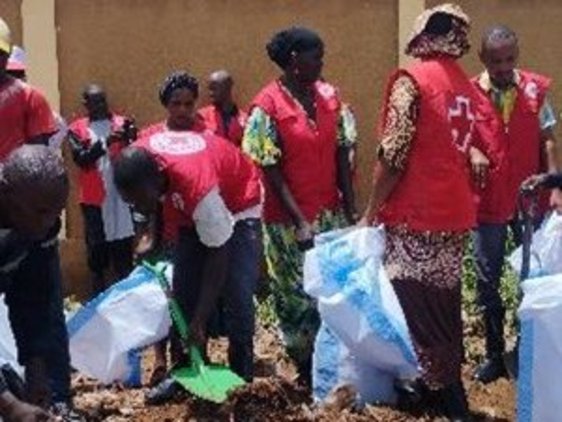
Protecting houses with sandbags. © Mali Red Cross
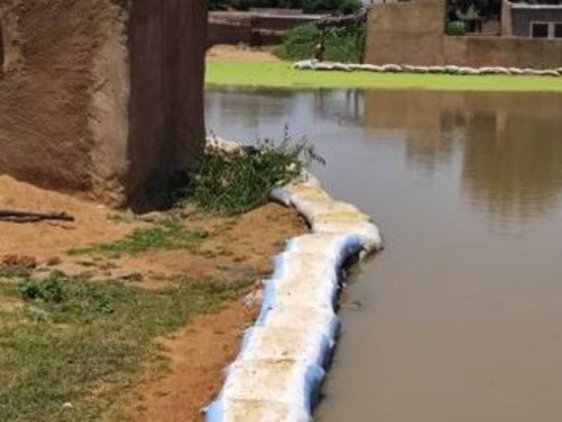
Protecting houses with sandbags. © Mali Red Cross

Arrival of the forecast-based financing team in Kaka, along with members of the Governorate. © Mali Red Cross
Distribution of supplies and equipment in Kaka. © Mali Red Cross
Installing the shelter tents ahead of the flood. © Mali Red Cross
Installing the shelter tents ahead of the flood. © Mali Red Cross
Protecting houses with sandbags. © Mali Red Cross
Protecting houses with sandbags. © Mali Red Cross
On day 1 (4 September) the Mali Red Cross team worked with the local branch and regional crisis committee to get an update on the situation, and to check the pre-positioned stock (e.g., mosquito nets, emergency shelter kits). They also created a WhatsApp group for rapid communication. The team then met the head of the Regional Directorate of Hydraulics to prepare warning messages to be broadcast via local radio.
On day 2, staff and volunteers loaded vehicles with the pre-positioned stock (which was stored in Mopti) and transported both this and the volunteers to Sofara sub-prefecture. Once in the target region, the team met with officials from the sub-prefecture to explain the flood alert and how the early actions would be carried out. This was followed by a field visit to meet the village chief and his advisors to explain the planned activities. Local radio stations began to broadcast the warning messages in different localities. Lastly, the team was divided into working groups for: (1) sensitizing households; (2) assessing household vulnerabilities; and (3) managing the emergency kits.
Activities on day 3 focused on installing equipment (e.g., shelter kits, kitchen kits), distributing empty sandbags to households, and further community sensitization. The houses to be evacuated were identified, and work was carried out to protect houses and the village mosque. The team also visited a third district in Sofora, where there had been an alert about the rising water level.
On day 4, the team installed five more emergency shelters. By now, several community members had learned how to do this and were able to install shelter and kitchen kits with the local volunteers. Further work was undertaken to protect a mosque and a cattle market, while team members toured the region in pirogues to observe the water levels in households.
According to the chief of Kaka village, this activation demonstrated how early actions can save lives and the property of people at risk: “Without the Federation’s [IFRC’s] early action, the livelihoods of about 3,000 people in the Mopti region [estimated at a value of 180,000 Swiss francs] would have been impacted by the floods. It should also be noted that the population has mastered the mechanism through the sensitization of the Mali Red Cross on the one hand, and the technical support of the Federation [on the other], during the process.”
Without the Federation's early action, the livelihoods of about 3,000 people in the Mopti region would have been impacted by the floods. It should also be noted that the population has mastered the mechanism, through the sensitization of the Mali Red Cross and the technical support of the [IFRC], during the process.
Thanks to Maharazou Lamine, Phoebe Wafubwa Shikuku and Dorien Irene Dolman, all from the IFRC, for their help with this article. Full details of this activation can be found in the initial assessment report, available in French and English.
